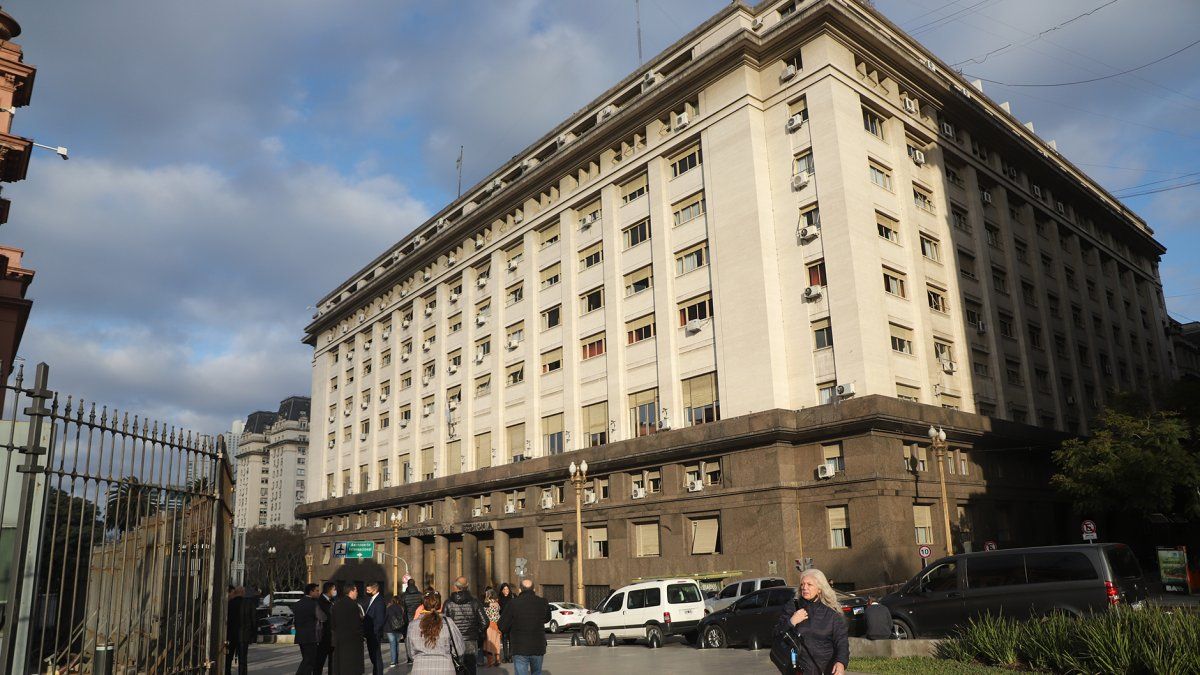According to data from the Congressional Budget Office (OPC), in May of last year the government had spent 36% of the allocated resourcesa level that could be said to fall within the parameters.
Of course To really measure whether there is under-execution or over-execution, consistent budgets are required. something very complicated to achieve in political contexts that are adverse to the ruling party in power, or because inflation is usually underestimated when preparing the expenditure and income guideline when the data is presented to Congress every September 15.
This year, For example, the ruling party decided to extend the 2023 budget, but without making an estimate of inflation for the entire period. Then 2024 started with a credit of $40.2 billion, the same as the one that had ended in 2023. Then it added more credits via the Decree of Necessity and Urgency, with which the budget now is $55.8 billion.
Some analysts warn that if the government had updated the credits of the 2023 budget with the inflation most similar to what will occur during the year, andThe level of budget execution would remain well below 53%.
The economist of Center for Argentine Political Economy (CEPA), Hernán Letcher, suggests that as the data presented by the Ministry of Economy appears, the level of budget execution “would be more than good.”
“The problem is that you are doing it on last year’s budget. If it were updated, they would be at an execution level of around 15%,” said the economist.
execution-may-opc.png
It must be taken into account thatAlthough the year started with an annualized inflation level of more than 720%,Regarding the closure, it is planned to be lower and It would close with a level similar to last year, about 290%.
Sounds It is illogical that while the government has been making spending adjustments of 25% in the first five months of the year, the level of budget execution is above 50%.which is comparable to an administration that spends a lot.
Strictly speaking, this government would be executing the budget at a level that would be slightly less than half of what it should be if the credits were updated to the level of expected inflation until December.
What the official data say
According to him latest OPC report, “the level of execution with respect to the total accrued spending ($28.7 billion) represents 52.3% of the credit in force as of May 31, 2024.”
Hence, the data on the money spent so far in the different programs is distorted. For example, the organization says that “transfers to universities (68.8%) and energy subsidies (65.2%) “They stand out for their advanced level of execution.”
“Meanwhile, the Current transfers to provinces (11.4%) and capital expenditures (15.2%) are the items with the least execution”, he indicates. Other numbers indicate that 54.2% of the allocated money has been spent on social benefits; subsidies, 56.6%; Personal, 58.6% and Goods and Services, 36%.
But, strictly speaking, in the first 5 months of the year, Current spending is falling 24.4% compared to the same period last year, taking into account only the National Public Administration (APN) that reports the amount accrued.
In the case of the jUbilations have spent $10.3 billion with a real cut of 25.7% year-on-year; family allowances, $1.8 trillion, with a real contraction of 6.7%; non-contributory pensions, $1 billion, with a decrease of 27.8%; PAMI benefits, $292,000 million with a drop of 31% and social programs, $1.7 trillion, $36.7 trillion.
Within the latter, the Empower, Return to Work and support programs register a decrease of 54%, food policies, 15% and Progresar Scholarships, 50%.
In economic subsidies, meanwhile, expenses of $3.2 billion were accrued, which implies an adjustment of 32.8% year-on-year while transfers to universities fell 84% in real terms compared to the same period last year.
The only spending item that registers a real increase between January and May of this year is the payment of interest on the debt that increased 1.5%, with a total of $4.2 billion.
Source: Ambito




